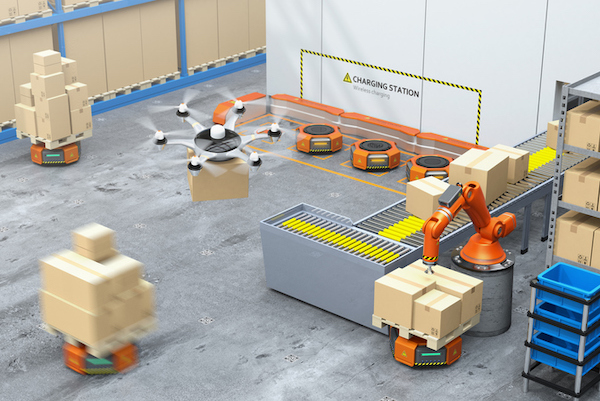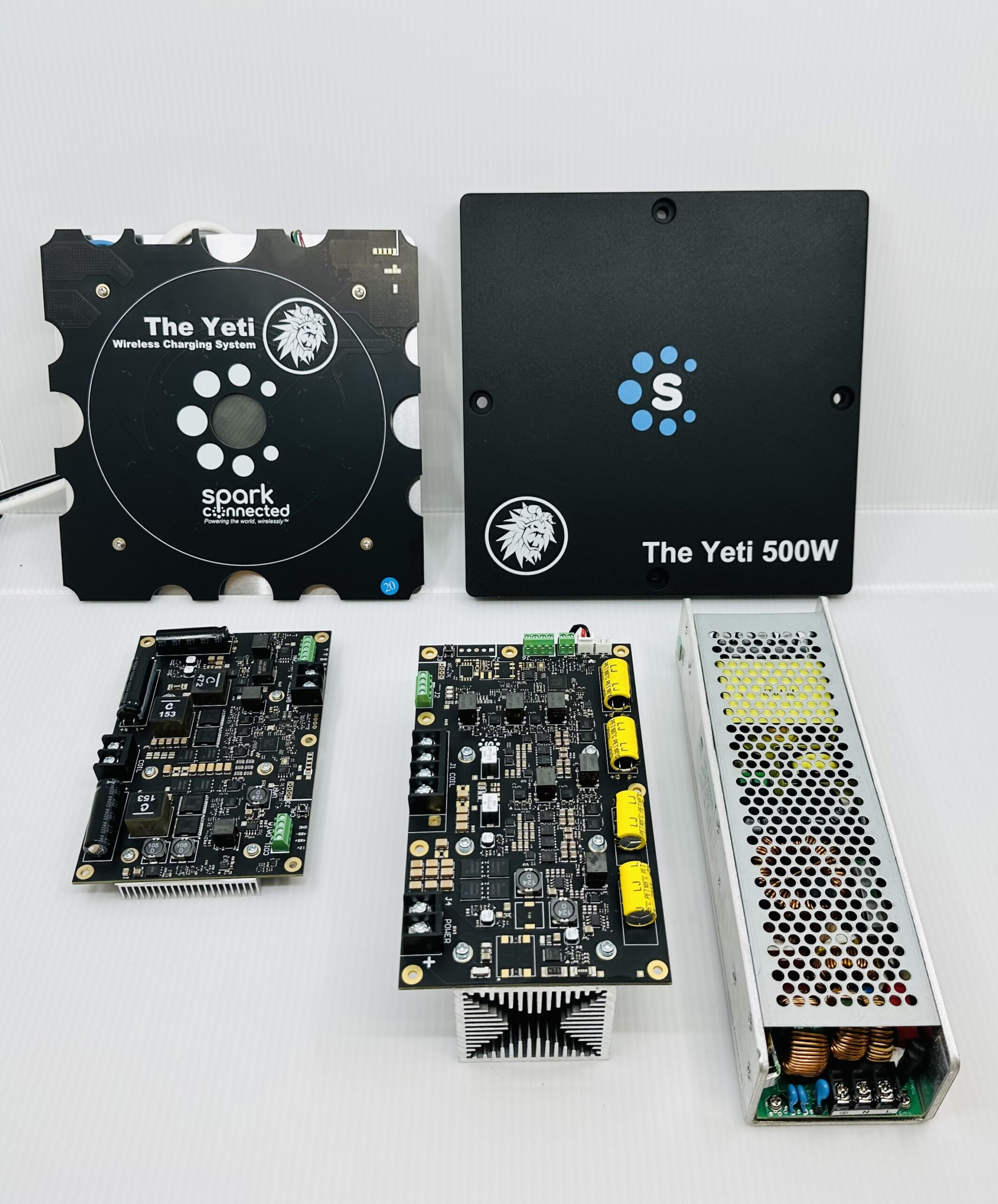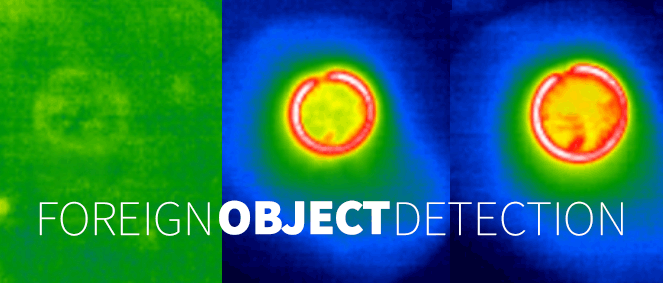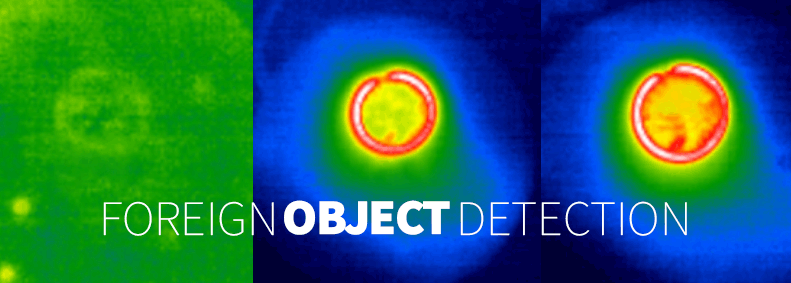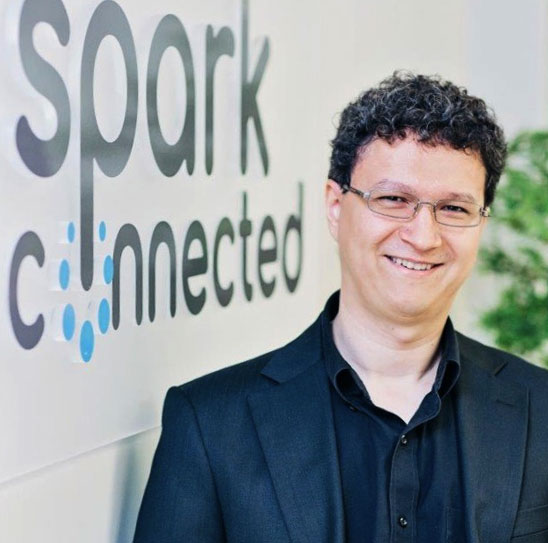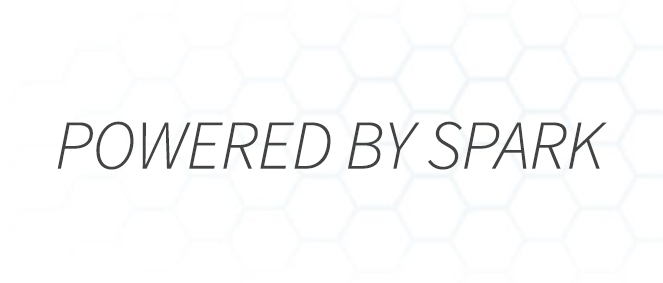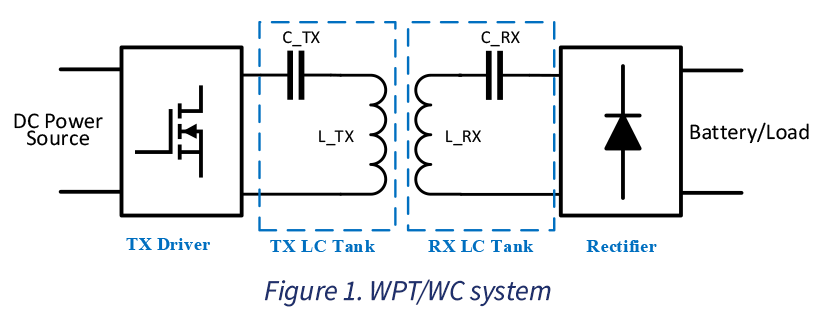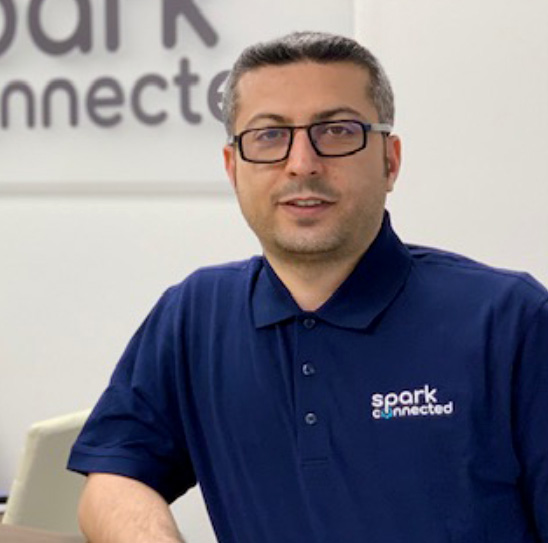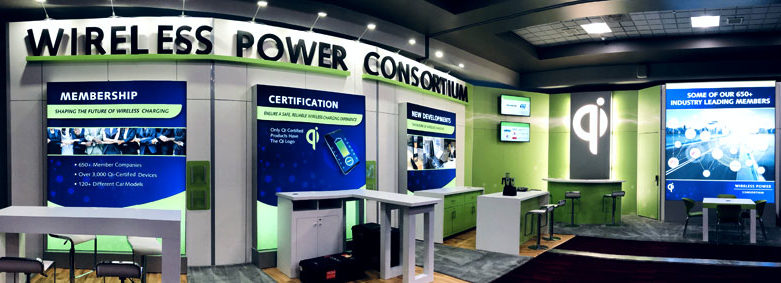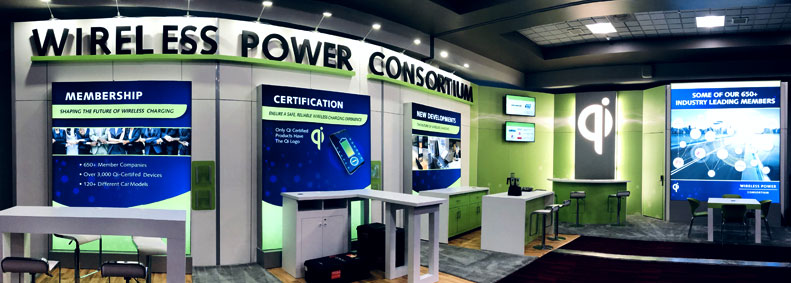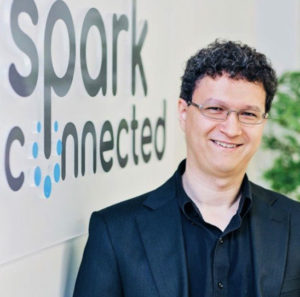
BERLIN, Germany, August 31, 2023.
The Wireless Power Consortium (WPC), the leading global standards development organization for wireless power standards, is turning its attention to the emerging and rapidly expanding Light Electric Vehicle (LEV) market for its next wireless charging standard and to provide consumers and manufacturers alike with improved safety and convenience.
The WPC recently announced its new global standard for mobile devices with the Qi2 standard and will be launching its Ki standard for cordless kitchen appliances in 2024. The growing popularity of eBikes and electric scooters and the lack of a global charging standard for their rechargeable lithium-ion batteries is an opportunity for the WPC to apply its expertise to establish a universal wireless charging standard that ensures safety, convenience, and interoperability.
“A lack of a charging standard for this sector can easily lead to poor user experience and significant safety issues such as fires. A standard – like Qi2 or Ki – assures consumers that their devices are safe, efficient, and interoperable with other brands,” says Paul Struhsaker, executive director of the Wireless Power Consortium. “Consumer demand for convenience and efficiency is driving universal standards. Furthermore, standards provide consumers safety and reliability – from mobile devices to LEVs.”
Most eBikes and eScooters have rechargeable lithium-ion batteries, the same batteries that power smartphones and laptops, and can fail when damaged, overcharged, or operated in extreme temperature conditions. Batteries for LEVs though are much bigger— up to 100 times larger —than the ones in personal electronics and pose a greater risk.
The popularity of LEVs surged during the pandemic and the corresponding drop in prices made them more affordable. However, inconsistent manufacturing standards and the availability of after-market chargers that may not be compatible with the battery is leading to more fires and injuries. The dominant problems with battery charging today for LEVs include:
• The absence of a universal standard for chargers.
• The connectors on the charging cable for LEVs wear out and break.
• There exists no mobile charging alternative.
“The global marketplace – from mobile phones to the vehicles we park in our driveways – recognizes the value of universal standards,” says Ken Moore, WPC LEV group chairman. “This is an ideal time to introduce universal wireless charging standards for the LEV industry. The development and design of eBikes and eScooters are relatively new and innovations and modifications will continue to occur as the industry matures and consumer preferences are reflected in these new products.”
About The Wireless Power Consortium
The Wireless Power Consortium leads the world in ensuring consumers, retailers, and manufacturers that they can rely on universal, interoperable standards and certifications for wireless power. Through rigorous testing and certifications, the global body is dedicated to ensuring safe, efficient, and interoperable wireless charging and wireless power.
Contacts:
Paul Golden
paul.golden@wirelesspowerconsortium.com
+1 972-854-2616

